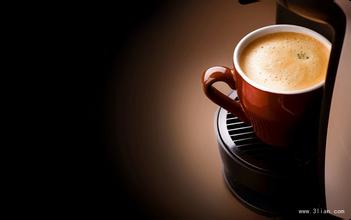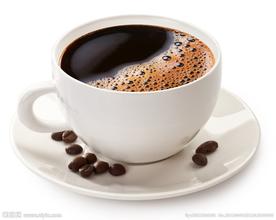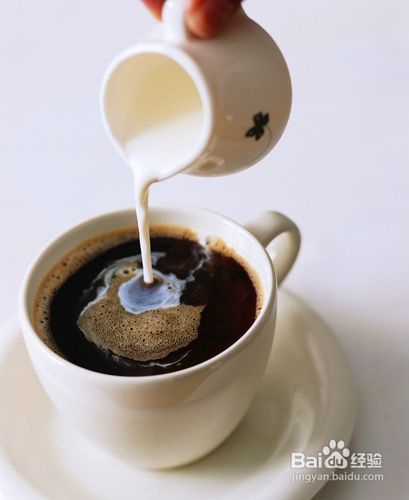Valenford Manor, the oldest manor in Jamaica, introduction to coffee producing areas in Jamaica
In 1717, King Louis XV of France ordered coffee to be grown in Jamaica. In the mid-1920s, Nicholas, governor of Jamaica, ordered coffee to be grown in Jamaica. Nicholas Lawes imported Arabica seeds from Martinique and began planting them in St. Andrew. To this day, St. Andrew's is one of the top three growing regions for Blue Mountain coffee in Jamaica, along with Portland and St. Thomas. Within eight years, Jamaica exported more than 375 tons of pure coffee. Coffee production peaked in 1932, harvesting more than 15000 tons of coffee.
The Government of Jamaica established the Jamaica Coffee Industry Board in 1950 to establish quality standards for Jamaica coffee and oversee the implementation of quality standards to ensure the quality of Jamaica coffee. The Commission awards special official seals to Jamaica's exports of raw and roasted coffee and is the world's highest national coffee authority. At present, the origin of Blue Mountain Coffee can be represented by Mafis Embankment Central Factory (M.B.C.E.), Blue Mountain Coffee Cooperative Factory (M.H.C.C.T.), Portland Blue Mountain Coffee Cooperative Plant (P.X.X.S.H.), Coffee Industry Association (Wallenford), Coffee Industry Association (St. John's Peak) and Blue (J.A.S.) 6 kinds of logo.
By 1969, the situation had improved, as Japanese loans had improved the quality of production and thus secured the market. By now, the coffee has reached the point of being fanatically loved.
By 1981, about 1500 hectares of land in Jamaica had been cleared for coffee, followed by investment in another 6000 hectares. In fact, today's Blue Mountain region is a small area of only 6000 hectares, and it is impossible that all the coffee labeled "Blue Mountain" is grown there. Another 12000 hectares are devoted to growing two other types of coffee: alpine premium coffee and Jamaica premium coffee.

Important Notice :
前街咖啡 FrontStreet Coffee has moved to new addredd:
FrontStreet Coffee Address: 315,Donghua East Road,GuangZhou
Tel:020 38364473
- Prev

Cliff Manor, Jamaica introduces how many coffee growing areas there are in Jamaica.
There is no doubt that the best Jamaican Blue Mountain coffee beans were born in Valenford Manor, and in fact another reason why the estate is admired by global coffee fans is its status as a national treasure. Founded by Wallenford Manor, Wallenford Coffee Co., Ltd. is now an unlisted company wholly owned by the Jamaican government, in other words, the only coffee estate in Jamaica.
- Next

Introduction of Nicaraguan Coffee Manor Lemon Tree Manor introduction to the flavor and taste characteristics of Nicaraguan coffee
Name of the manor: El Limoncillo (Lemon Manor) producing area: Matagalpa (Mattapa) Town: Yasica Norte Manor was founded in 1932 Maria Ligia Mierisch Manor elevation: 950m to 1300 m Coffee varieties: 10%Maragoipe, 30% Pacamara, Bourbon 25%, Caturra 20%, Java 15% Coffee treatment
Related
- Does Rose Summer choose Blue, Green or Red? Detailed explanation of Rose Summer Coffee plots and Classification in Panamanian Jade Manor
- What is the difference between the origin, producing area, processing plant, cooperative and manor of coffee beans?
- How fine does the espresso powder fit? how to grind the espresso?
- Sca coffee roasting degree color card coffee roasting degree 8 roasting color values what do you mean?
- The practice of lattes: how to make lattes at home
- Introduction to Indonesian Fine Coffee beans-- Java Coffee producing area of Indonesian Arabica Coffee
- How much will the flavor of light and medium roasted rose summer be expressed? What baking level is rose summer suitable for?
- Introduction to the characteristics of washing, sun-drying or wet-planing coffee commonly used in Mantenin, Indonesia
- Price characteristics of Arabica Coffee Bean Starbucks introduction to Manning Coffee Bean Taste producing area Variety Manor
- What is the authentic Yega flavor? What are the flavor characteristics of the really excellent Yejasuffi coffee beans?

